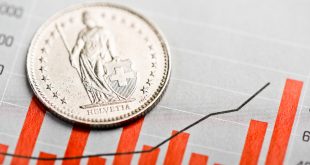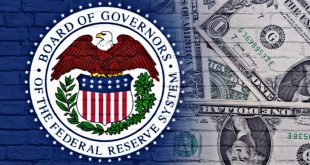Oil prices saw a modest increase on Thursday, recovering from declines in the previous three sessions, driven by stronger-than-expected economic data from major oil consumers and signs of easing trade tensions between the U.S. and key global players.
Brent crude futures rose by 24 cents, or 0.35%, to $68.76 per barrel, while U.S. West Texas Intermediate (WTI) crude futures gained 33 cents, or 0.5%, reaching $66.71 per barrel. Both benchmarks had fallen more than 0.2% in the previous session.
The uptick in oil prices followed comments from U.S. President Donald Trump, who indicated that letters notifying smaller countries of their U.S. tariff rates would be sent soon. He also suggested that a blanket 10% or 15% tariff would be applied to these smaller nations. The announcement of new agreements with Indonesia and Vietnam, along with Trump’s renewed optimism about a potential deal with Beijing on illicit drugs, further supported market sentiment. Additionally, he hinted at a possible trade deal with India and Europe, which could provide further upside to global trade outlooks.
“Trump softened his tone on China and proposed lower tariff rates for smaller countries, which are seen as positive developments for the global trade outlook,” said independent analyst Tina Teng. “China’s better-than-expected economic data and the U.S.’s larger-than-expected oil inventory draw have both been bullish factors for oil prices.”
U.S. crude inventories dropped by 3.9 million barrels to 422.2 million barrels last week, according to the Energy Information Administration (EIA). This was a steeper decline than the forecasted 552,000-barrel draw, indicating stronger refinery activity, tighter supply, and higher demand. However, the build-up in gasoline and diesel inventories partially offset the gains, raising concerns about weakening demand, particularly from summer travel, as noted by ANZ analysts.
In addition, the latest data from the U.S. Federal Reserve revealed that economic activity had picked up in recent weeks. However, the outlook remained “neutral to slightly pessimistic,” with businesses reporting that higher import tariffs were putting upward pressure on prices.
Meanwhile, data from China showed that the country’s economy grew at a slower pace in the second quarter, though not as sharply as previously feared. This was partly attributed to front-loading production to avoid U.S. tariffs, alleviating concerns about the state of China’s economy, the world’s largest crude importer. June crude oil throughput in China was up by 8.5% compared to a year ago, indicating stronger fuel demand.
Positive developments in the trade dispute between China and the U.S., including President Trump lifting the ban on the sale of AI chips to China and the announcement of a trade deal with Indonesia, also provided support to oil prices. According to John Paisie, president of Stratas Advisors, these factors contributed to the overall bullish sentiment in the market.
 Noor Trends News, Technical Analysis, Educational Tools and Recommendations
Noor Trends News, Technical Analysis, Educational Tools and Recommendations





